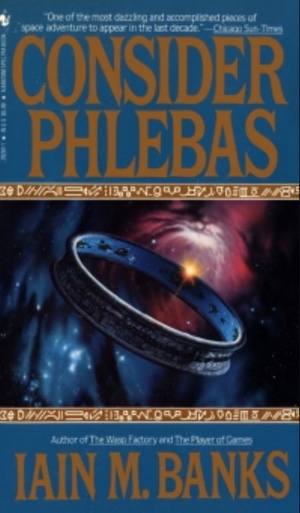Background: I do not wish to debate their merits or lack thereof, but of late I have been experimenting with a couple of "digital art frames" - these are 37" diagonal, 1920x1080 HD, in a nice frame, optimized for maximum viewing angle and low power consumption.
The Question: the frame can be hung in landscape (1920x1080 aka 16:9) or portrait (1080x1920 aka 9:16) orientation. I find that I do not have a lot of content in those aspect ratios. So: are there any 'standard' techniques for coping with this situation? There are a few techniques that come to mind, although each has its own unique disadvantage:
Use Photoshop or some other tool to distort the image to fit. The issues are obvious.
Crop the content to fit. Sometimes this is impossible without losing a critical part of the composition.
'Ken Burns Effect' - a looping animation that pans / zooms over the image. This is not always an option (neither of the frames I'm using support it) plus this kind of animation may simply be inappropriate under the circumstances.
Large blank areas above / below (or left / right) of the content. Sometimes this works - sometimes it looks awful.
Adding patterns / content to the blank areas - for some reason, the example that comes immediately to my mind is a book cover:
This could perhaps be automated to some extent?
6+. I'm sure there are many other things one could do.
To Summarize: I would like to know how other people deal with this issue. Are there any standards or guideline or principles that lay out what is acceptable / what is not acceptable?
Edit:
Thank you, everyone who weighed in! At the very least, it is nice to know that yes, this is something of an issue, at least for some people. And you have helped me develop some vocabulary to use when discussing the issue (i.e., "letterboxing"). And: very perceptive to note how this could be a problem that requires a solution for a set of related images.
In case anyone is curious, I spent some time yesterday messing around with Photoshop's 'content aware' Fill and Scale functions - which can sometimes work a bit too well - scary stuff. I think it's something of an ethics question as to whether or not such generated pixels are 'better' or 'worse' than, say, applying a transformation to stretch the original image by 10% - but it occurs to me that these pixels could perhaps be used for textured padding when letterboxing an image.
Next stop: I'm curious if anyone has attempted to automate this kind of thing.
Again, thank you all!


